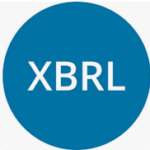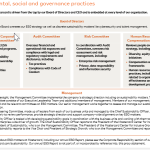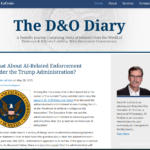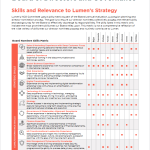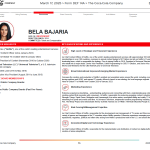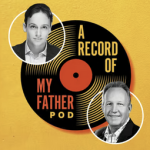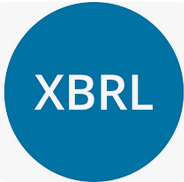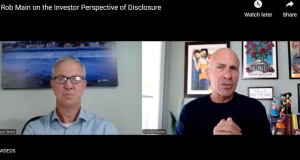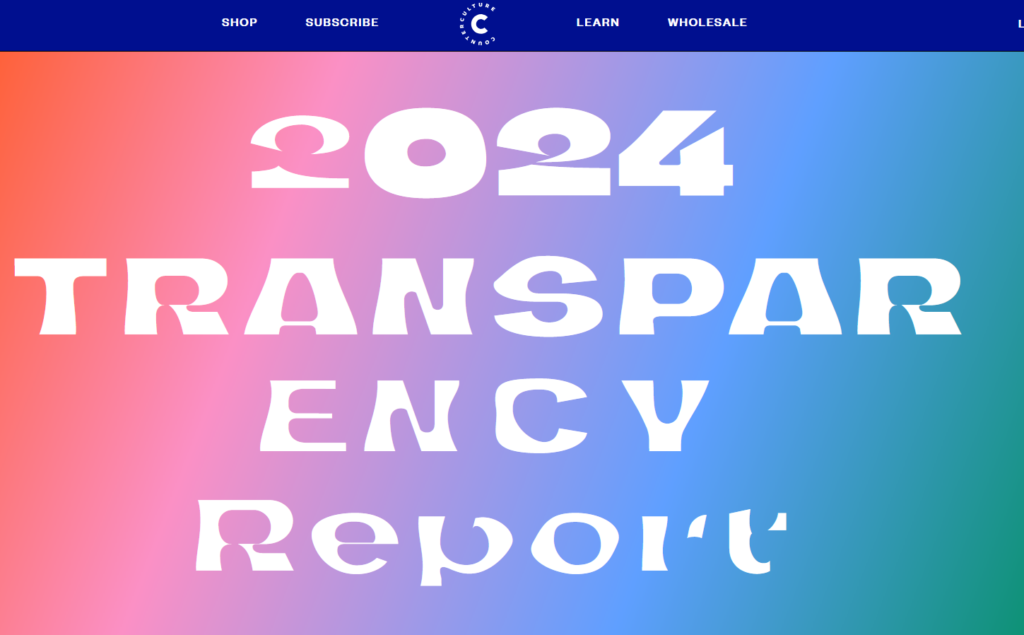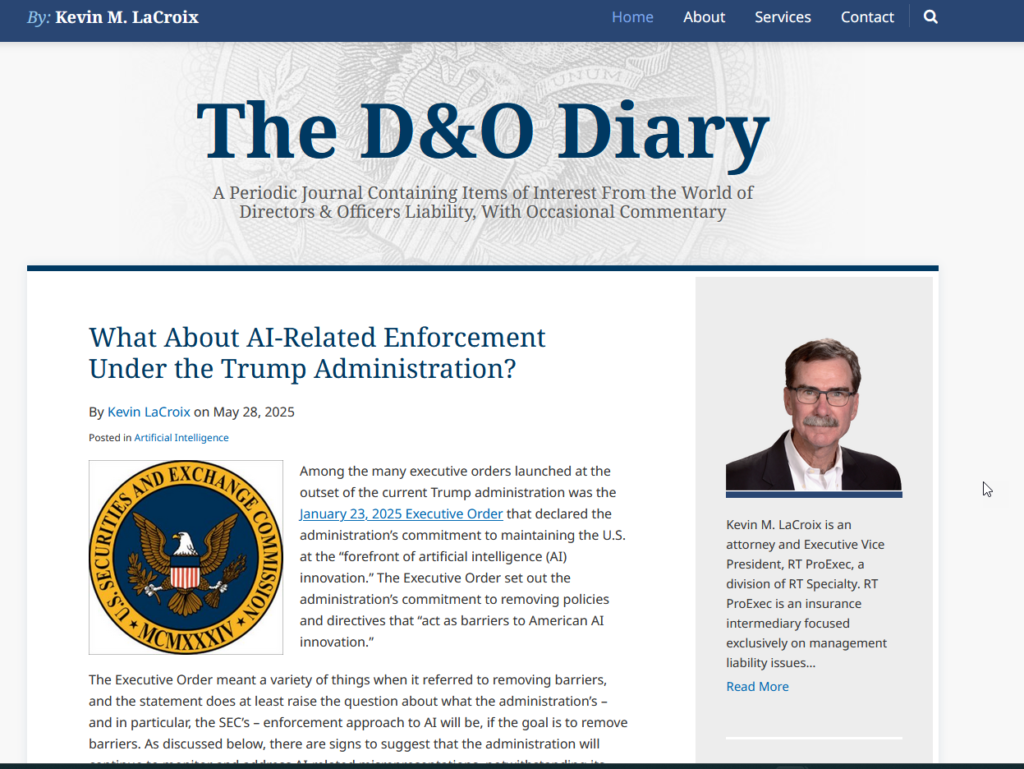As part of our blog series based on this great panel of in-house practitioners – featuring Healthpeak Properties’ Carol Samaan, Lumen Technologies’ Michael Rouvina and Cognizant’s Aya Kiy-Morrocco – here’s a blog that addresses the question of: “When you do look at peer disclosures, what type of “peers” do you look at? And how many peer disclosures?”
- Healthpeak Properties’ Carol Samaan – We’ll look within our industry. We also look at our compensation peer group to see what they’re disclosing. We’ll also look at other peers within the industry broadly but I also really like to look outside of our industry because sometimes we tend to be boxed in by looking just within our industry.
When you go outside, you look at leaders in the space. With those companies who are highlighted as having best disclosure practices, you get glimpses into how a company might approach something in a different light or say it in a different way.
I’ll sometimes even just go down the list of who won best proxy statement in past years or who’s being highlighted on RealTransparentDisclosure.com or TheCorporateCounsel.net as having leading disclosure in a certain area. We’ll look to them for insight. The “Transparency Awards” highlight companies that we found apply our objective criteria and looking at the disclosures of the winners of those awards are also very useful. - Lumen Technologies’ Michael Rouvina – Very similar to what Carol was saying, I take a look at a sample size from our compensation peers, our TSR peers and then we have a combined list of possible proxies to review that number around 26 companies in total. I might whittle that down to 10 or 12 in the end depending on the purpose of the peer review. Even though we’re a telecommunications company at Lumen, we always talk a lot about “who do we want to be when we grow up” and thinking about other technology companies.
So I’ll take a look at disclosure from various technology companies to see what they’re saying and if there’s a lot of differences between what we’re disclosing and what they’re disclosing. And then I’ll do the same thing by looking at who was up for “best proxy” at the Corporate Governance Awards, the winners of the Transparency Awards and also who is known for having some really good disclosure and look at some samples from there as well. - Cognizant’s Aya Kiy-Morrocco – So very similar to Carol and Michael, we do look within our industry. Amazon Web Services is an IT services company and we want to make sure that we are following industry best practices and meeting industry standards. However, as a technology company, we also look beyond our immediate peer group. We look beyond the technology industry to the overall leaders.
So again, who’s winning the awards, who is being highlighted by analysts and so forth. That gives us a really good flavor of what is resonating with the readers and that audience. We try to focus our benchmarking a little bit more to start – generally, we’ll focus on four to five peer disclosures and go from there.


